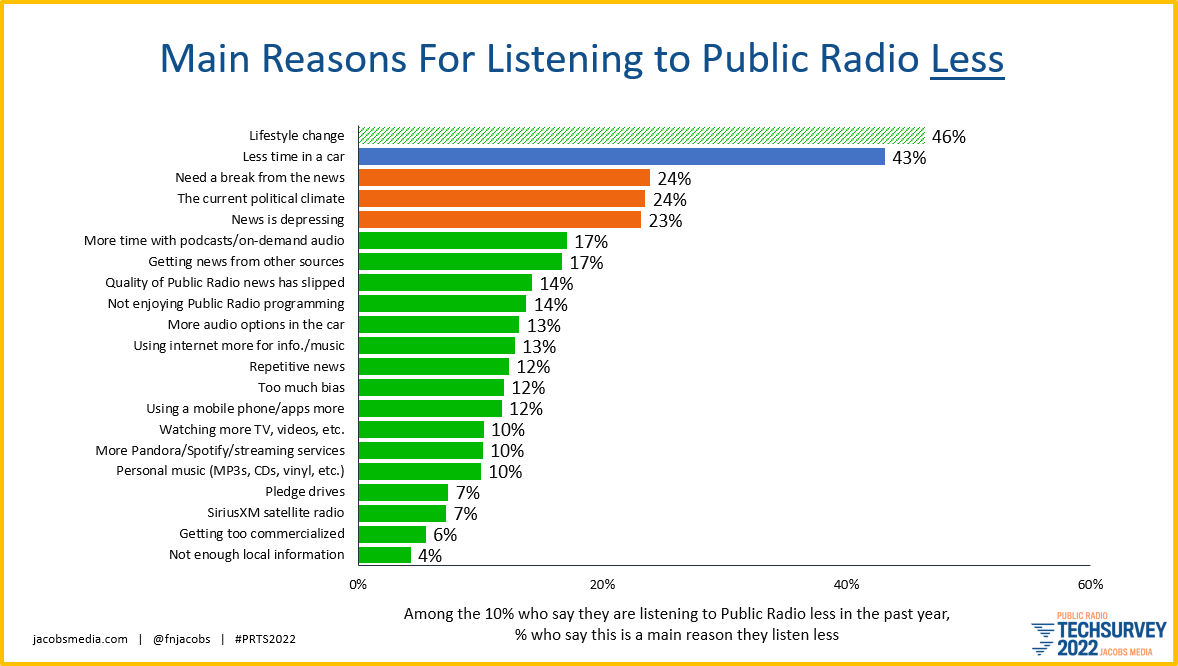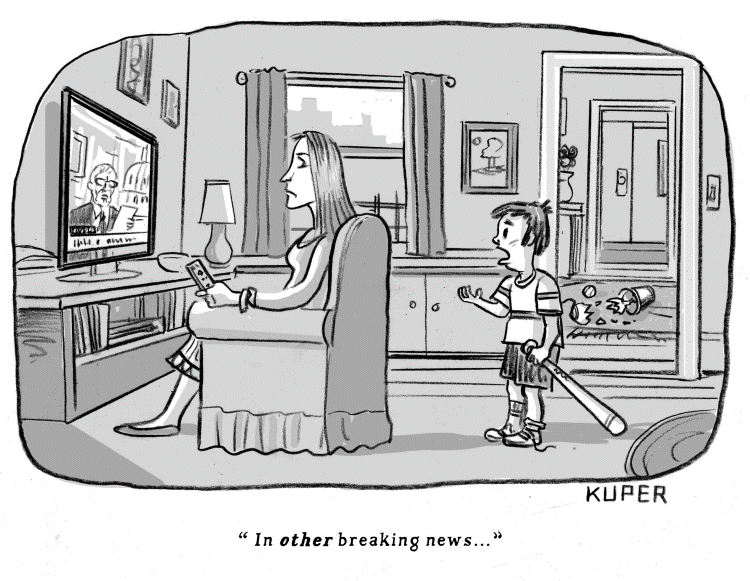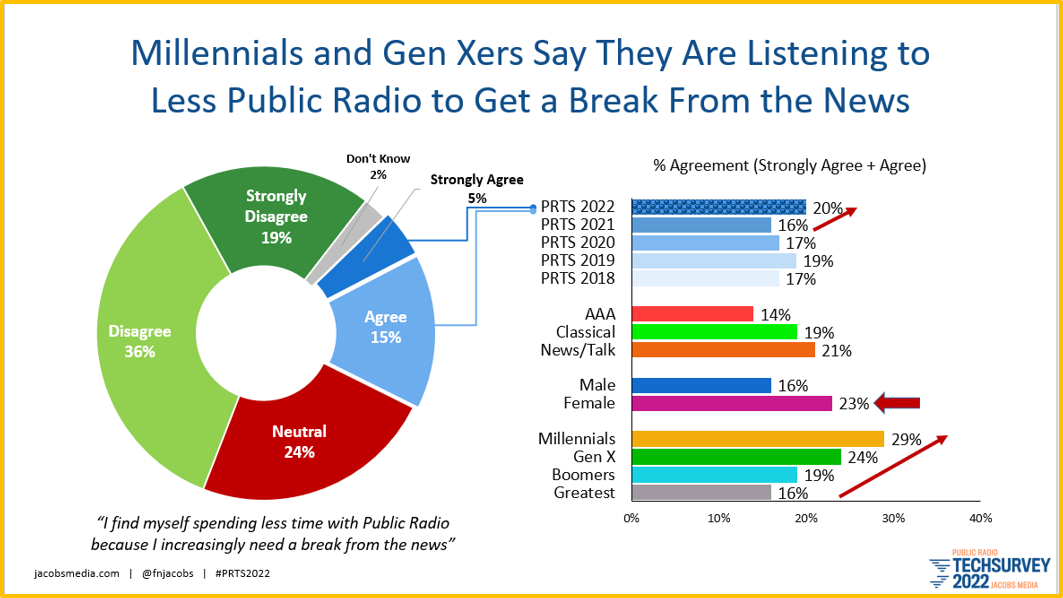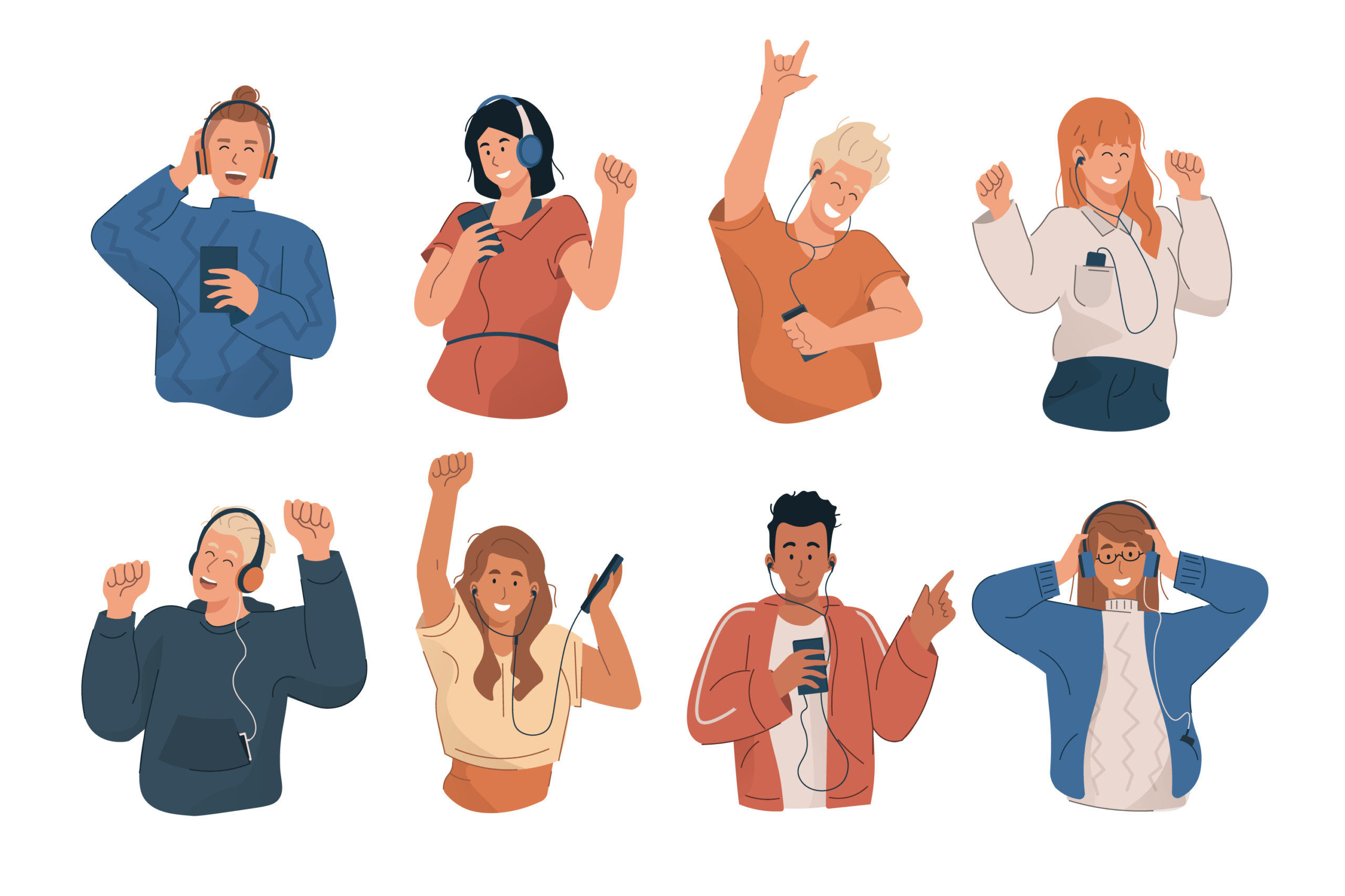
As many of you know, I conduct a lot of focus group for all sorts of radio stations and organizations. Over the last 25 years, Public Radio has become an area of focus for Jacobs Media.
We’ve conducted groups in person and on Zoom, one-on-ones, and even dial tests. We’ve investigated individual shows – both network-delivered and local as well as diverse music programming on formats that include Triple A, Classical, and Jazz. We’ve been blessed with working for news brands that include NPR, APM, and the BBC, as well as the biggest Public Radio stations in the U.S., as well as several in smaller, unrated markets.
When you’re looking at core listeners of these stations, you’re talking to highly educated people. They’re actually more likely to have an advanced degree than a Bachelor’s diploma. They’re also highly opinionated, and most of them like to talk – a lot. Typically, I struggle to complete all the topics on our discussion guides because they tend to be vocal and generous with their thoughts.
Especially in groups commissioned by NPR News stations or the networks themselves, it is common for respondents to describe themselves as being “into news.” In fact in every group, it’s just a matter of time before someone proudly makes this declaration:
“I’m a news junkie.”
Most of the time, us researchers have historically interpreted this as a positive. It’s usually a statement made with pride, indicating the person is informed, current, and engaged with the world around them.
But increasingly, news burnout is becoming an issue that has manifested itself in recent years, energized by the rise of Donald Trump in the political milieu. Since his famous ride into politics on the Trump Tower escalator in 2015, the news cycle has been altered, amplified, and accelerated.
It’s been visible in the ratings, known as both the “Trump bump” or “Trump slump” depending on the moment. Clearly in 2022, the ex-President (love him or loathe him) has once again turbo-charged the news.
the moment. Clearly in 2022, the ex-President (love him or loathe him) has once again turbo-charged the news.
But for public radio listeners, this cuts both ways. When we ask those who say they’ve listened to more public radio in the past year in this summer’s PRTS 2022, the top reason is “the current political cycle,” mentioned by a majority (55%) of these engaged fans.
But on the other hand, a look at those listening less in the prior 12 months reveals an incessant focus on the news is a turnoff to roughly one of four of these core public radio users.
 “Lifestyle change” (retirement, relocation, etc.) is often at the top of this list. And during COVID times, “spending less time in a car” has become a more oft-stated reason. But the new culprit is this issue of being repelled or even turned off by the news, including the political climate, and a perception the “news is depressing.”
“Lifestyle change” (retirement, relocation, etc.) is often at the top of this list. And during COVID times, “spending less time in a car” has become a more oft-stated reason. But the new culprit is this issue of being repelled or even turned off by the news, including the political climate, and a perception the “news is depressing.”
In this time where the inflection points and milestones just keep on coming, psychologists are beginning to look at “news addiction” – a condition a surprising number of people suffer from.
And rather than being a point of pride, it now turns out that a media diet of news, news, and more news can actually be harmful. A recent story in Study Finds says it all:
“Obsessively watching the news can make you mentally and physically sick”
A study by researchers at Texas Tech indicates that too much news can lead to myriad health problems, including anxiety and stress.
When these “news junkies” continue to check the news – and all those “breaking news” alerts aren’t helpful – it can interfere with their personal lives. And something we hear a lot in our focus groups – there’s a feeling of hopelessness that sets in where people feel powerless to affect the onslaught of bad news.
 No doubt the political cycle, fueled by two+ years of a global pandemic have added to this angst. Add in school shootings, Ukraine, recession fears, and climate change and you’re got a perfect storm of all bad news, all the time.
No doubt the political cycle, fueled by two+ years of a global pandemic have added to this angst. Add in school shootings, Ukraine, recession fears, and climate change and you’re got a perfect storm of all bad news, all the time.
The online study was comprised of 1,100 American adults utilizing agree/disagree questions like this one:
“I often do not pay attention at school or work because I am reading or watching the news.”
(Note the study focuses on news you read or watch, rather than news you listen to, but you get the point.)
Overall, “news junkies” turned out to exhibit poor physical and mental health symptoms as opposed to those less preoccupied with the goings-on in the world, the nation, and their regions.
Bryan McLaughlin, Texas Tech professor of advertising, put it this way:
“While we want people to remain engaged in the news, it is important that they have a healthier relationship with the news.”
Easier said than done.
The study finds 16.5% show indications of what the Texas Tech researchers call “severely problematic” news consumption. This translates to becoming immersed into the news to a point where it disrupts family, work, and even sleep time.
Interestingly, we continue to look at similar disruptions in PRTS 2022. About that same percentage of Public Radio core listeners agree with the statement:
“I find myself spending less time with public radio because I increasingly need a break from the news.” Women, Millennials, and Gen Xers are most likely to concur.

For Public Radio stations – especially of the NPR News variety – this has major implications. While far from a plurality, when you have one in five core listeners avoiding a radio station, it may have a discernable impact on ratings – and routine listening patterns.
It would seem logical that hearing “depressing” news stories on commercial news and even talk stations could be having that impact.
In Public Radio, the phenomenon may be exacerbated by the string of continuous news programs during weekdays on NPR News stations. Today, for example, it is likely that NPR’s “Morning Edition” provided extensive coverage of the Queen passing – as did “BBC News Hour,” “Here and Now,” “The World,” “The Takeaway,” and “All Things Considered.” The repetition of distressing news stories also contributes to that feeling of being powerless over the events of the day.
There’s the relentless coverage of an event like Queen Elizabeth’s death by news outlets. But then there are the lame attempts to connect and engage with these mega-events by brands that might be better left to sticking to their knitting. Or in the case of Domino’s, making pepperoni pizzas:
— Domino’s Pizza UK (@Dominos_UK) September 8, 2022
Or a sports site, Clutch Points, trying to glom onto this milestone – and committing errors and penalties in the process:
deleted, but the List comes for all, @ClutchPointsApp.
✍️✍️✍️ pic.twitter.com/ga1xrn3rpb
— The List (@ListComesForAll) September 8, 2022
There are more examples of these social media news feed botched moments in The Drum.
What are the programming and listening implications of news obsession?
For Public Radio stations, it may be a matter of local programmers and news directors seeking out stories that are more human and less hard-hitting in order to provide that “break from the news.” In other words, “finding the joy” in storytelling that provides some relief from the cascading effect of bad news.

Public radio stations that fall into the News/Classical or News/Jazz categories may have the best of both worlds. Many carry NPR’s “Morning Edition” before their music programming starts in the midday hours. Anecdotally, we hear Public Radio listeners explain how these stations provide news to start the day, but then provide the salve of music to provide a sense of balance. No doubt, the Texas Tech researchers would approve.
There is very likely something that commercial radio music (and sports) stations can take away from this study, too. By staying in their lanes, they naturally provide relief from the often heavy news stories that have become a part of the soundtrack of our 21st century lives.
In much the same way Depression Era movie theaters offered escape from the ravages of poverty and strife in the 1930’s, today’s music stations have the ability to offer comfort and relief through both music and personality shows. Stations and talent that understand their purpose and what they provide cannot only ride out difficult news cycles – they can thrive from them.
Historians will ultimately judge whether we’ve living in a unique time in terms of heavyweight current events – or not. Clearly, 24-hour cable networks and infinite Internet news sources seem to pile on when the going is bad. Those times when news outlets are especially fixated on tragic news events might provide tune-in opportunities for stations that specialize in the news on the one hand, as well as those that provide relief and comfort from them on the other.

You know the old saying, “Bad news travels fast.”
The good news is that for music stations, bad news can provide a strong motivation to listen. And for news stations, it can provide FOMO, tune-in opportunities.
But too much bad news can be….well, bad news.
You can read the research article the Texas Tech team wrote, “Caught in a Dangerous World: Problematic News Consumption and Its Relationship to Mental and Physical Ill-Being” here. For Public Radio news directors, it must-read. For everyone else, it’s pretty wonky.
I’ll be presenting key findings and “next steps” from the Public Radio Techsurvey on Wednesday, September 21st at 2pm ET. Details coming soon.
- What To Do If Your Radio Station Goes Through A Midlife Crisis - April 25, 2025
- A 2020 Lesson?It Could All Be Gone In A Flash - April 24, 2025
- How AI Can Give Radio Personalities More…PERSONALITY - April 23, 2025




Look forward to your upcoming tech survey.
While your article presents so many great observations, I would mention one other ‘ingredient” that needs research that may add perspective.
One used to get news from what a listener would describe as a “trusted source”. But I suspect part of the “burnout” on news is a direct result of how news brands have been severely politicized and how there has been a deteriorating “trust factor” compared to the “partisan factor” . Such a severe sea change than from 20 years ago.
There is also much higher difficulty in figuring out “who to trust” with one’s news and that gap I suspect has grown exponentially with so many going online for ’their news” often times indiscriminate of the source.
Radio can continue to find “value” in, as you suggest, expanding ’story telling” using real people to help tell the story. Our American Stories with Lee habeeb does this presentation really well. The opposite of the ‘breaking news’ overplay that has been accelerating for years.
Loved your presentation this past week Fred and continue to find such value in your thoughts and opinions.
Best
Greg
Appreciate hearing the comments from an absolute news pro, Greg. Appreciate your thoughts and observations here.
Another factor that I could see being a contributor here is the ongoing growth in TV/video-focused news outlets. This includes not just network-produced offerings on different platforms, but also newer outlets and programs from individual station groups (e.g., Newsy from Scripps, NewsNation from Nexstar, and groupwide shows from Gray and Sinclair); some specialty outlets (e.g., Cheddar); and increasing amounts of local newscasts and magazine shows.
Having retired five years ago, I almost feel guilty that I haven’t dropped out of caring about the news and chalked it to “lifestyle change.” But it is difficult to take your attention away from the news in these extraordinary times in our country, when so many people in positions of power have a knife at the throat of essential democracy. Details at 11…
Meanwhile, at the very least the news stations could drop the mind-numbing “breaking news” flag when it’s just a continuing story.
That “breaking news” banner is so tired. And like the boy who cried wolf, do most viewers pay the least bit of attention to it?
Wow, I just can’t see someone thinking that pizza tweet would be a good idea coming from Domino’s. Round Table, maybe, but not Domino’s.